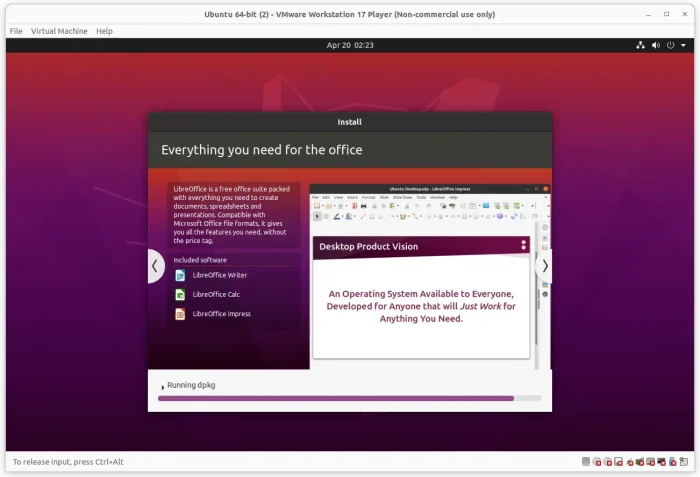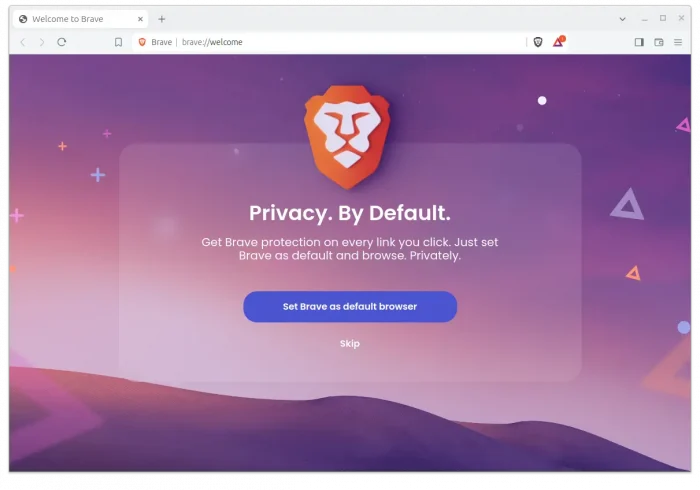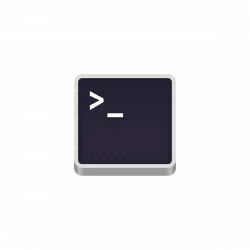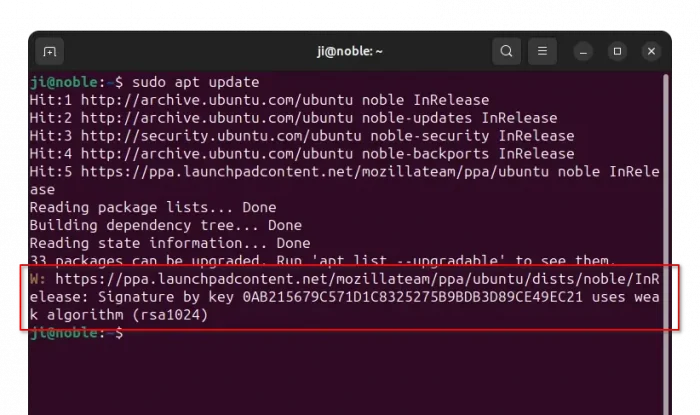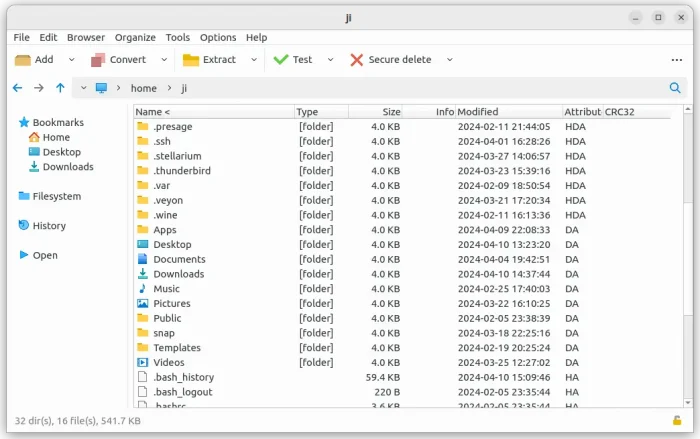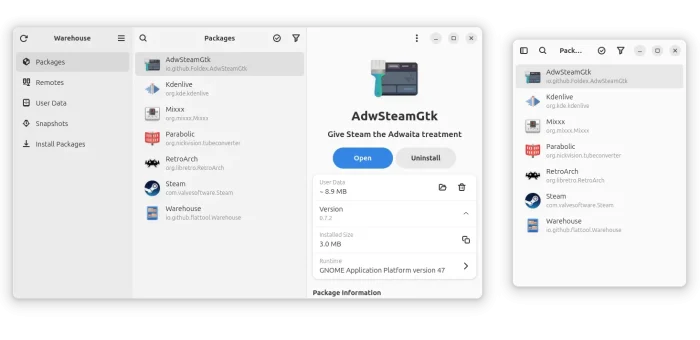This tutorial shows how to change the MAC Address, aka hardware address, for your network interface in Ubuntu 24.04. Though the title said for Ubuntu 24.04, it should work in all current Ubuntu releases, including Ubuntu 20.04 and Ubuntu 22.04.
MAC address, stands for Media Access Control address, is a unique identifier primarily assigned by device manufacturers. Therefore, it’s often referred to hardware address or physical address. However, many network interfaces support changing their MAC addresses. And, here’s how to do the trick in Ubuntu.
Continue Reading…




